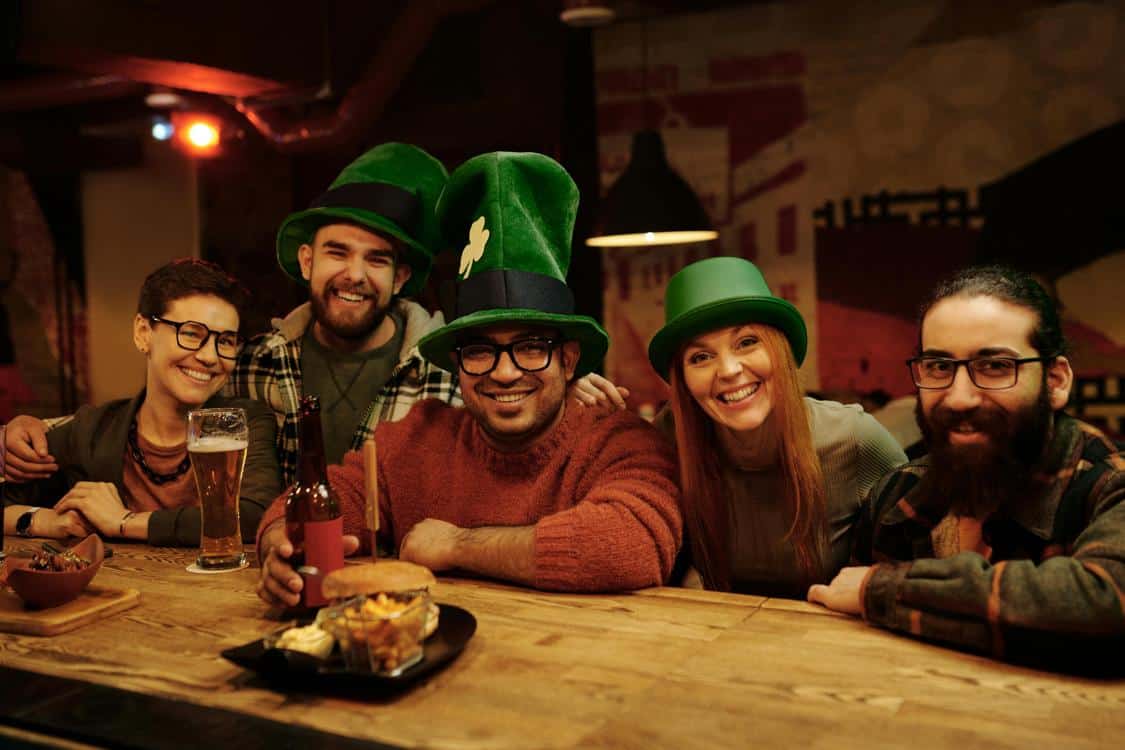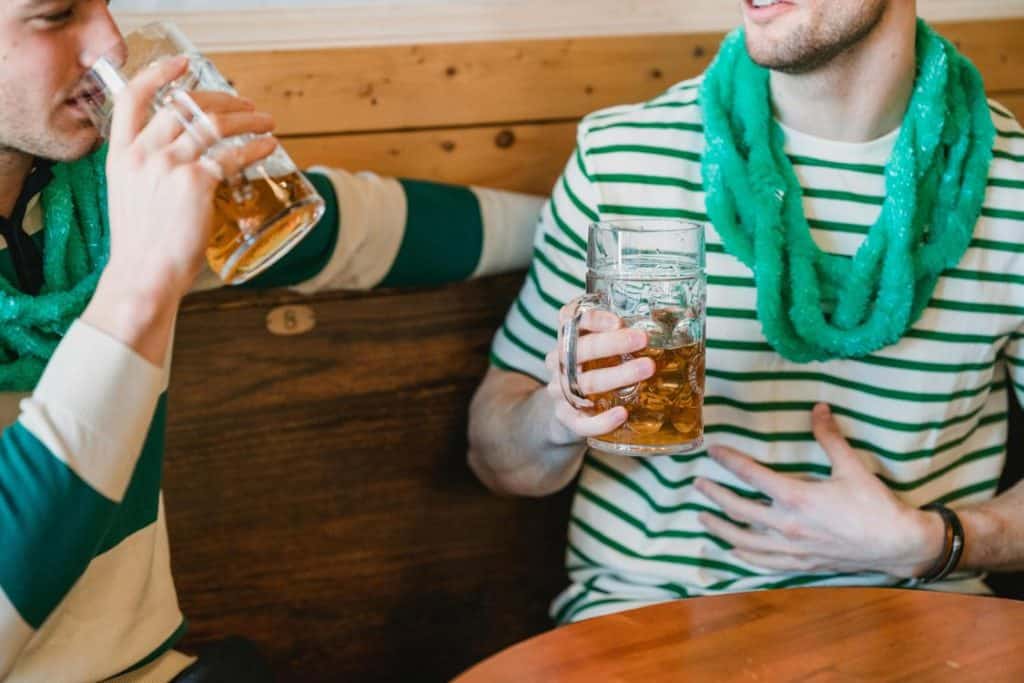The traditional pub, a cornerstone of social life in many countries, is facing unprecedented challenges in the modern era. These beloved establishments, once the heart of communities, are undergoing significant transformations that threaten their very existence as we know them. From changing consumer habits to economic pressures, the landscape of pub culture is shifting dramatically. This article explores the various factors contributing to the decline of traditional pubs and examines the potential future of these iconic institutions.
The Changing Face of Social Interaction
In recent years, the way people socialize has undergone a profound transformation. The rise of social media and digital communication platforms has altered how individuals connect and interact. Many people, especially younger generations, are more inclined to socialize online or in different settings than traditional pubs. This shift has led to a decline in foot traffic for many establishments, as patrons opt for alternative forms of entertainment and socializing.
Moreover, the concept of community has evolved. While pubs were once the primary gathering places for locals to meet, discuss current events, and forge relationships, many communities now find connection through other means. Online forums, social clubs, and specialized interest groups have taken on some of the roles that pubs traditionally filled. This change has eroded the social foundation upon which many pubs built their business and identity.
Economic Pressures and Rising Costs
The financial landscape for pub owners has become increasingly challenging. Rising operational costs, including rent, utilities, and labor, have put significant pressure on pub finances. Many establishments struggle to maintain profitability while keeping prices at levels that customers are willing to pay. This economic squeeze has forced some pubs to close their doors permanently, unable to navigate the harsh financial realities of the modern market.
Additionally, the cost of supplies, particularly beverages and food ingredients, has increased over time. Pubs often find themselves in a difficult position, needing to raise prices to cover costs but risking losing customers who are sensitive to price increases. This balancing act has become more precarious in recent years, with many pubs struggling to find a sustainable pricing model that satisfies both their financial needs and customer expectations.
Changing Consumer Preferences
Consumer tastes and preferences have evolved significantly in recent decades. There has been a noticeable shift towards healthier lifestyles, with many individuals reducing their alcohol consumption or opting for non-alcoholic alternatives. This trend has directly impacted traditional pubs, which have historically relied heavily on alcohol sales for their revenue.
Furthermore, the rise of craft beverages and specialized drinking establishments has fragmented the market. Many consumers, particularly younger ones, are drawn to trendy bars, microbreweries, and themed establishments that offer unique experiences. These venues often provide a more diverse range of beverages and atmospheres that appeal to changing consumer preferences, leaving traditional pubs struggling to compete.
Regulatory Challenges
Pubs face an increasingly complex regulatory environment. Stricter licensing laws, smoking bans, and more rigorous health and safety standards have all contributed to the challenges faced by pub owners. While many of these regulations are designed to promote public health and safety, they have also increased the operational complexities and costs for pubs.
Moreover, changes in drinking and driving laws have had a significant impact on pub culture. With stricter enforcement and lower legal limits in many areas, people are less likely to visit pubs if they need to drive home. This shift has particularly affected rural pubs, which often relied on patrons driving from nearby towns or villages.
The Impact of Technology
Technology has transformed many aspects of the pub experience, both for better and worse. On one hand, advancements in point-of-sale systems, inventory management, and online marketing have provided tools for pubs to operate more efficiently and reach a wider audience. On the other hand, the ubiquity of smartphones and personal entertainment devices has changed how people interact in public spaces, including pubs.
The rise of food delivery apps and home entertainment options has also provided alternatives to going out to a pub. Many people now opt to enjoy drinks and meals at home, where they can control the environment and potentially save money. This trend has been particularly noticeable among younger generations, who are more comfortable with digital platforms and may have less disposable income to spend on nights out.
The Struggle to Maintain Authenticity
As traditional pubs face these various challenges, many have attempted to adapt by modernizing their offerings and atmosphere. However, this adaptation often comes at the cost of the authentic, traditional pub experience that many patrons value. The challenge lies in finding a balance between evolving to meet contemporary demands while maintaining the unique character and charm that defines a traditional pub.
Some pubs have responded by diversifying their offerings, introducing themed nights, live music events, or focusing on high-quality food, akin to the food at the the Dolly Blue Bar, to attract customers. While these strategies can be successful, they often represent a departure from the traditional pub model, leading some to argue that these establishments are no longer true pubs in the traditional sense.
The Rise of Pub Chains
Another significant change in the pub landscape has been the proliferation of pub chains. These corporate-owned establishments often have greater financial resources and can benefit from economies of scale, allowing them to weather economic challenges more easily than independent pubs. However, the standardization that often comes with chain ownership can lead to a loss of the unique character and local flavor that many associate with traditional pubs.
The dominance of pub chains has led to concerns about the homogenization of pub culture. While these establishments may preserve the physical appearance of a traditional pub, they often lack the community connections and personal touch that were hallmarks of independently owned local pubs. This shift has contributed to the sense that traditional pub culture is fading, replaced by a more commercialized and standardized experience.
The Impact of Global Events

Recent global events, particularly the worldwide health crisis, have accelerated many of the challenges facing traditional pubs. Lockdowns and social distancing measures have had a devastating impact on the hospitality industry as a whole, with pubs being particularly hard hit. Many establishments were forced to close temporarily, and some have not been able to reopen.
Even as restrictions have eased in many areas, the long-term effects of these events on pub culture remain to be seen. Changes in social habits, lingering health concerns, and economic impacts may continue to affect how people view and use pubs for years to come. This period has forced many pub owners to reevaluate their business models and consider new ways of operating in a changed social landscape.
The Future of Pub Culture
While the traditional pub as we know it may be facing significant challenges, it’s important to note that pub culture itself is not disappearing entirely. Rather, it is evolving to meet the needs and preferences of contemporary society. The future of pubs likely lies in their ability to adapt while maintaining the core elements that make them special places in their communities.
Some pubs are finding success by focusing on locally sourced products, craft beverages, and unique experiences that cannot be replicated at home. Others are embracing their role as community hubs, hosting events and activities that bring people together in ways that go beyond simply serving drinks. The most successful pubs of the future may be those that can balance tradition with innovation, providing a space that meets the social needs of modern patrons while honoring the rich history of pub culture.
The end of traditional pubs as we know them is not a sudden event, but rather a gradual transformation driven by a complex interplay of social, economic, and technological factors. While many beloved pubs have closed their doors, and others have changed beyond recognition, the spirit of the pub as a place of community and conviviality endures.
As we look to the future, it’s clear that the concept of the pub will continue to evolve. The challenge for pub owners, patrons, and communities is to find ways to preserve the best aspects of traditional pub culture while adapting to the realities of the modern world. Whether through innovation, preservation efforts, or a combination of both, the goal is to ensure that pubs can continue to play a vital role in social life for generations to come.
The story of the traditional pub is far from over. While it may look different in the future, the fundamental human need for social connection and community that pubs have long fulfilled remains unchanged. As long as there is a desire for people to come together, share experiences, and create memories, there will be a place for pubs in our society, even if their form and function continue to evolve.




